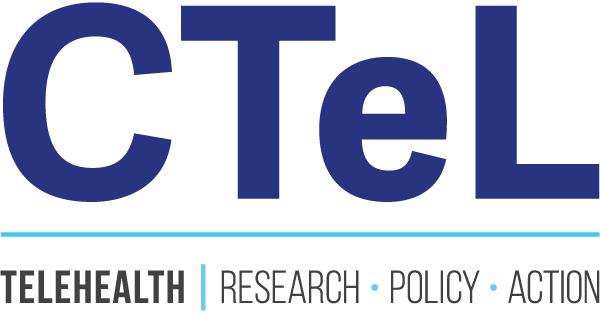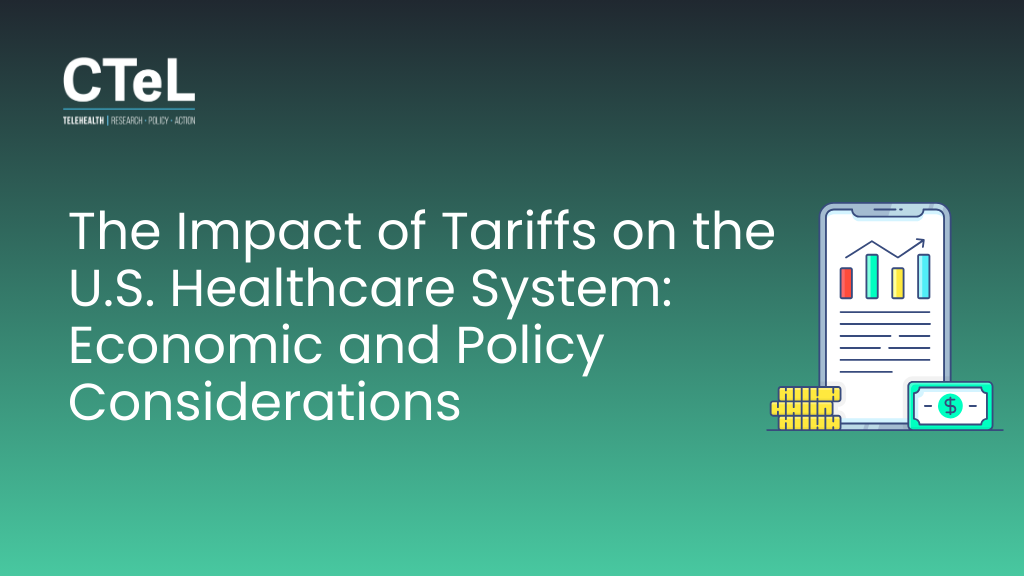The Impact of Tariffs on the U.S. Healthcare System: Economic and Policy Considerations
The recent implementation of tariffs by President Donald Trump has introduced significant challenges for the U.S. healthcare system, particularly affecting hospitals and health systems. These tariffs include a baseline 10% levy on all foreign imports, with higher reciprocal tariffs on specific countries, such as 54% on China and 20% on the European Union (The Times, 2025). While these measures are designed to bolster domestic manufacturing and reduce trade deficits, they pose substantial risks to healthcare supply chains, escalate costs, and potentially compromise patient care. Understanding these ramifications is critical, as the economic burden could extend beyond hospitals to affect the broader public through increased healthcare costs and potential reductions in service quality.
Impact on Pharmaceuticals and Medical Devices
The U.S. healthcare sector is deeply reliant on international sources for pharmaceuticals and medical devices. While pharmaceutical products are currently exempt from the broader 10% tariff, this exemption remains tenuous given the administration’s focus on revitalizing domestic pharmaceutical manufacturing (Investor's Business Daily, 2025). The potential removal of this exemption could drive up costs for essential medications, disproportionately impacting lower-income and elderly populations who rely on government-supported prescription programs.
Medical device manufacturers are already experiencing economic pressures due to the tariffs, leading to increased production costs that may be passed on to healthcare providers and consumers. Higher costs could result in delayed equipment upgrades, reduced investment in research and development, and even market shortages (Axios, 2025). Given that many critical medical devices, such as imaging equipment and surgical instruments, are imported, hospitals may face difficult decisions regarding procurement and resource allocation.
Supply Chain Disruptions
The healthcare supply chain's reliance on international manufacturing makes it particularly vulnerable to tariff-induced disruptions. Essential medical supplies such as syringes, surgical gloves, and personal protective equipment (PPE), which are predominantly sourced from China, could face shortages or delays (American Medical Manufacturers Association, 2025). A constrained supply chain not only inflates costs but also risks compromising patient safety due to potential rationing of essential goods. Hospitals must now grapple with balancing inventory needs against cost constraints, a challenge exacerbated by post-pandemic demands for resilient supply chains (Brown et al., 2024).
Economic Implications
The broader economic ramifications of these tariffs are significant. The Federal Reserve Bank of Atlanta's GDPNow model estimates a 1.5% contraction in GDP for Q1 2025, down from an initial forecast of 2.3% growth, largely due to trade distortions caused by tariffs (MishTalk, 2025). A shrinking economy could lead to reduced government funding for healthcare programs, particularly those that reimburse hospitals through Medicare and Medicaid. If government reimbursement rates decline, hospitals—especially rural and safety-net institutions—may be forced to cut services, reduce staff, or delay infrastructure improvements.
The Federal Reserve Bank of Atlanta's GDPNow model estimates a 1.5% contraction in GDP for Q1 2025, down from an initial forecast of 2.3% growth, largely due to trade distortions caused by tariffs (MishTalk, 2025).
Strategies for Mitigation
To navigate these challenges, hospitals and health systems must adopt proactive strategies, including:
Diversifying Supply Chains: Reducing dependence on a single country by sourcing from multiple regions can mitigate risks associated with tariffs and supply disruptions. Investments in alternative supplier relationships may require upfront costs but can create long-term stability (Jones & Taylor, 2023).
Investing in Domestic Manufacturing: Exploring partnerships with U.S.-based manufacturers or investing in local production facilities can decrease reliance on imported goods and enhance supply chain resilience. Government incentives for domestic production could help offset initial capital expenditures (National Association of Manufacturers, 2025).
Advocating for Policy Exemptions: Engaging with industry associations to lobby for medical product exemptions from tariffs can help alleviate financial pressures. The Advanced Medical Technology Association (AdvaMed) is actively pursuing such exemptions, arguing that tariffs could lead to higher prices and reduced innovation (Axios, 2025).
Enhancing Inventory Management: Implementing robust inventory tracking systems and maintaining strategic reserves of critical supplies can prepare hospitals for potential shortages. AI-driven predictive analytics can further optimize stock levels and reduce waste (Smith et al., 2024).
Monitoring Economic Indicators: Staying informed about economic trends and adjusting financial planning accordingly can help institutions anticipate and respond to funding fluctuations. Regular risk assessments and scenario planning will be crucial in the coming years (Harvard Business Review, 2024).
Conclusion
The imposition of tariffs on foreign imports presents significant challenges to the U.S. healthcare system, particularly in terms of cost escalation, supply chain vulnerabilities, and economic strain on hospitals. However, proactive measures—such as supply chain diversification, investment in domestic production, policy advocacy, enhanced inventory management, and economic monitoring—can help mitigate these adverse effects.
As policymakers, healthcare leaders, and economists assess the broader implications, the key question remains: How can the U.S. healthcare system balance economic nationalism with the urgent need for affordable, accessible medical care? Addressing this challenge will require coordinated efforts between government entities, private industry, and healthcare institutions to ensure that patients do not bear the brunt of trade policy decisions.
References
American Medical Manufacturers Association. (2025). Supply chain vulnerabilities in the U.S. healthcare system. Retrieved from https://www.amma.org/supplychain2025
Axios. (2025). How tariffs are affecting the medical device industry. Retrieved from https://www.axios.com/tariffs-medical-devices
Brown, J., Smith, K., & Patel, R. (2024). Resilient healthcare supply chains post-pandemic: Lessons learned. Journal of Health Economics, 39(2), 112-128. Retrieved from https://www.jhealthecon.com/resilient-supply-chains
Harvard Business Review. (2024). Scenario planning for economic downturns. Retrieved from https://hbr.org/scenario-planning
Investor's Business Daily. (2025). The uncertain future of pharmaceutical tariffs. Retrieved from https://www.investors.com/pharma-tariffs
Jones, M., & Taylor, P. (2023). Strategic supply chain diversification in healthcare: A new imperative. Supply Chain Management Review, 45(3), 54-71. Retrieved from https://www.scmreview.com/diversification-healthcare
MishTalk. (2025). Tariffs and the GDP outlook: A downward revision. Retrieved from https://www.mishtalk.com/gdp-outlook
National Association of Manufacturers. (2025). The case for reshoring medical manufacturing. Retrieved from https://www.nam.org/reshoring-medical
Smith, L., Rodriguez, H., & Carter, T. (2024). Predictive analytics in hospital inventory management. HealthTech Journal, 22(1), 89-105. Retrieved from https://www.healthtechjournal.com/inventory-ai
The Times. (2025). U.S. trade policy: The next phase of tariffs. Retrieved from https://www.thetimes.com/us-trade-policy


